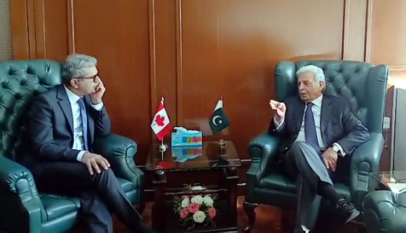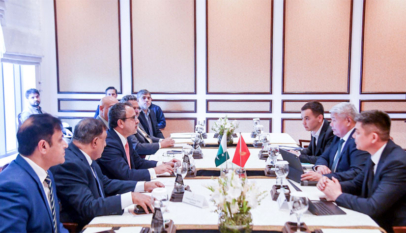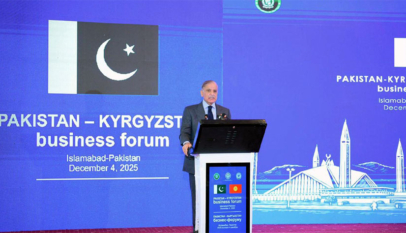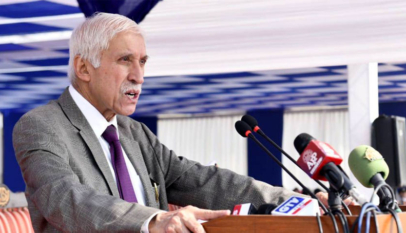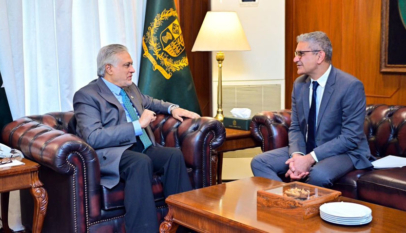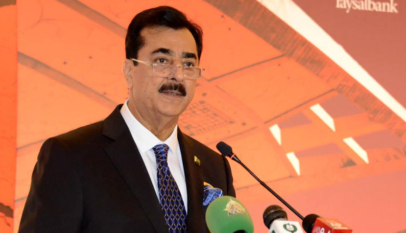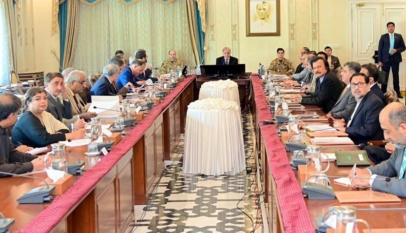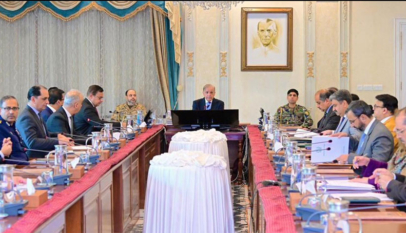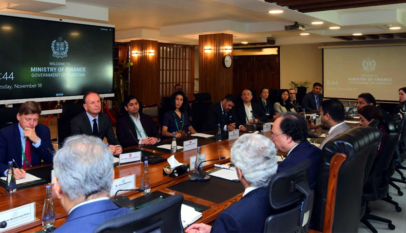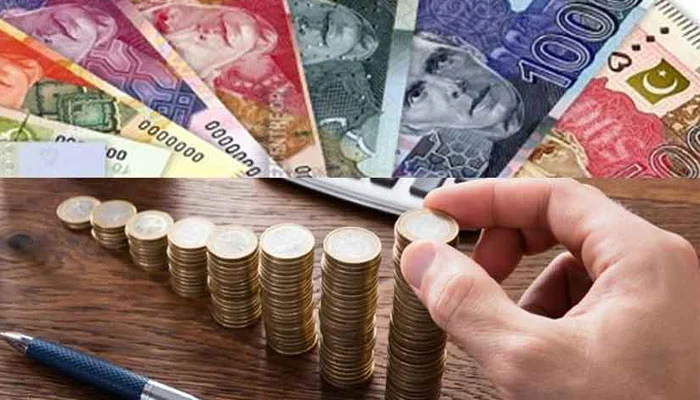
The Pakistani rupee posted its biggest single-day decline in more than two decades, after a continued drain in the nation’s foreign exchange reserves and constant pressure from the International Monetary Fund (IMF) forced the government relaxed its grip on the currency.
Following the government’s decision to end its control over the rupee-dollar exchange rate as part of the International Monetary Fund (IMF) condition, the currency slid 9.61%, or Rs24.5, to a record low of 255.43 against the US dollar compared to Wednesday’s close of Rs230.89.
The over 9% decline was its highest since October 30, 1999, when the currency slumped 9.4%.
“SBP is seemingly adjusting the exchange rate to the market rate — closer to open market to address the widening difference between the official and open market rate and to curb the flow of dollars through the informal market,” said Saad Ali, capital market expert.
The central bank had imposed a tight 225-230 range against the dollar for the currency since September to rein in Pakistan’s depleting foreign exchange reserves.
Under the four major conditions laid forth by the lender of the last resort for Pakistan’s loan tranche pending since September the IMF had asked Islamabad to let the market forces determine the exchange rate.
The local unit last plunged to its all-time low of 239.94 on July 28, 2022 following which the currency recovered as Ishaq Dar assumed charge as the finance minister replacing his predecessor Miftah Ismail.
Meanwhile, the rupee dropped to 262 against the greenback in the open market, after depreciating Rs21, data released by Exchange Companies Association of Pakistan (ECAP) showed.
Ali further mentioned that the government’s decision to let the currency rate be determined by the market is an “important step” to ensure the resumption of the IMF’s Extended Fund Facility (EFF) programme.







